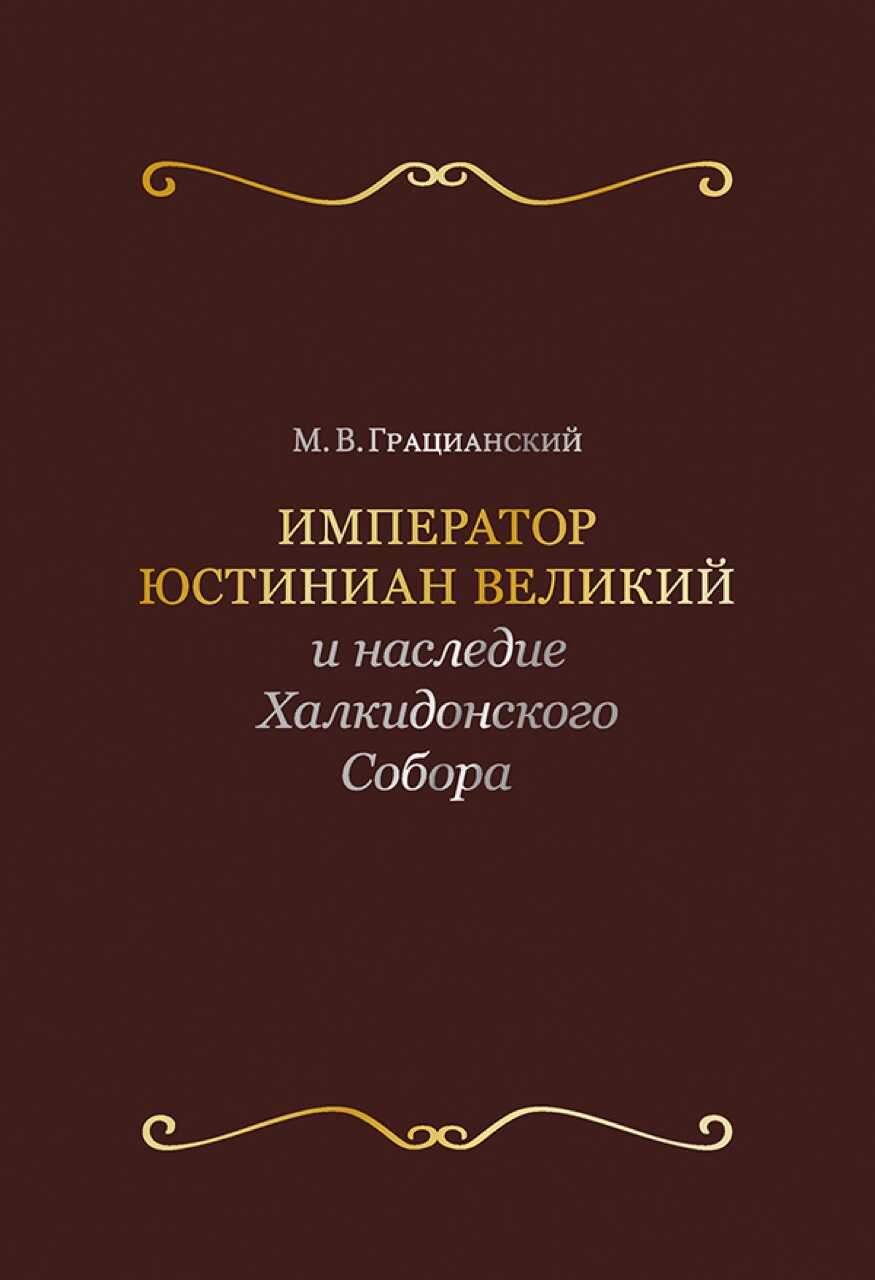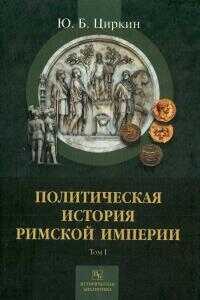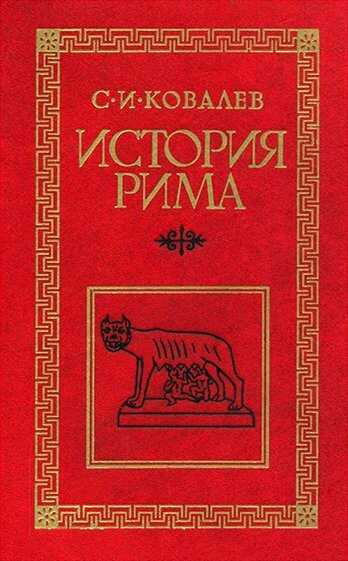Наследие Рима. Том 1. Oт Византии дo Кордовского Халифата и Османскoй империи - Нурлан Аманович Наматов
Книгу Наследие Рима. Том 1. Oт Византии дo Кордовского Халифата и Османскoй империи - Нурлан Аманович Наматов читаем онлайн бесплатно полную версию! Чтобы начать читать не надо регистрации. Напомним, что читать онлайн вы можете не только на компьютере, но и на андроид (Android), iPhone и iPad. Приятного чтения!
Шрифт:
Интервал:
Закладка:
650
APZ, p. 144. Anonim Tevârih-i Al-i Osman гласит, что туркменские вожди племени и солдаты оставили Баязида I на поле боя, и только его собственная свита или постоянное войско (kapusu halkı) остались ему верны. Anonim Tevârih-i Al-i Osman, p. 43.
651
Velâyetnâme Сейида Али Султана было опубликовано Бедри Нояном в ненаучной манере. Bedri Noyan, Seyyit Ali Sultan Velâyetnâmesi, Ankara: Ayyıldız Yayınları, 1999.) Бедри Ноян Ноян (Bedri Noyan) утверждает во вступительной части своей работы, что он использовал копию, подаренную ему его духовным учителем. Но, по-видимому, это копия рукописи, хранящейся в Национальной библиотеке Анкары (раздел рукописи № 1189), кроме того, в Турции есть еще несколько копий, содержание которых не отличается от копии Национальной библиотеки. Джон К. Бирдж (John K. Birgeу) тверждает, что еще одна копия существовала Tekke Kaygusuz Abdal в Каире. Но после закрытия текке социалистами в середине девятнадцатого века этот экземпляр был утерян. Тем не менее, к счастью, Бирдж скопировал эту рукопись, и его (некаталогизированная) копия хранится в библиотеке Хартфордской семинарии в Коннектикуте. Для анализа этой агиографии как источника истории и отредактированного текста агиографии см.: Rıza Yıldırım, Seyyid Ali Sultan(Kızıldeli) ve Velâyetnâmesi.
652
Noyan, p. 71.
653
See Halil Inalcık, “Tīmār”, EI, 2nd edition; “1431 Tarihli Timar Defterine Göre Fatih Devrinden Önce Timar Sistemi”, IV. Türk Tarih Kongresi 1948, Ankara, 1952, 132–139; Hicri 835 tarihli Suret-i Defter-i Sancak-ı Arvanid, Ankara: Türk Tarih Kurumu, 1954.
654
Noyan, p. 70.
655
Noyan, p. 86.
656
See Beldiceanu-Steinherr, “Osmanlı Tahrir Defterlerinde Seyyid Ali Sultan: Heterodox Islam’ın Trakya’ya Yerleşmesi”, p. 62.
657
See, for example, Halil Inalcık, The Ottoman Empire The Classical Age, 1300–1600, London, 1973, p. 16; Feridun Emecen, “Kuruluştan Küçük Kaynarca’ya”, in Osmanlı Devleti Tarihi, cil I, Ekmeleddin Đhsanoğlu, ed., Istanbul, 1999, p. 18.
658
The first registers of land surveys were drawn up during the reign of Murat II.
659
Ahmet Yaşar Ocak, Bektaşi Menâkıbnâmelerinde Islam Öncesi Inanç Motifleri, Istanbul: Enderun Kitabevi, 1983, p. 13.
660
See, for example, Irène Beldiceanu-Steinherr, “Le règne de Selim Ier: tournant dans la vie politique et religieuse de l’empire ottoman”, Turcica, VI, 1975, pp. 47–48.
661
J.R. Walsh, “The Historiography of Ottoman-Safavid Relations in the Sixteenth and Seventeenth Centuries”, in Historians of the Midle East, eds., Bernard Lewis and P.M. Holt, New York, Toronto, London: Oxford University Press, 1962, p. 202. One should note that Ottoman conquests in Anatolia could attain strongholds only towards the end of the fifteenth century, when the champion of tribal resistance against Ottoman regime, namely the Karamanid dynasty, was removed. Before, Ottoman conquests in Asia Minor usually appeared as a temporary military invasion. In most cases, the former order was re-established following the return of the Ottoman army. See, for example, APZ, p. 191. Compare Oktay Özel, “The Transformation of Provincial Administration in Anatolia: Observations on Amasya from 15th to 17th Centuries”, The Ottoman Empire. Myths, Realities and ‘Black Holes’. Contributions in Honour of Colin Imber, eds., Eugenia Kermeli and Oktay Özel, Istanbul: ISIS Press, 2006, рр. 51–73.
662
In the beginning, frontier raider-leaders were acting independently as comrades of Osman and Orhan. Osman Beg, for example, used to give conquered lands as appanage or yurtluk to those begs who conquered those places. This practice later continued in Rumelia. See Halil Inalcık, “Periods in Ottoman History. State, Society, Economy”, in Ottoman Civilization, vol. I, eds., Halil Inalcık and Günsel Renda, Ankara: Ministry of Culture, 2003, p. 48. Also consider Lowry, The Nature of the Early Ottoman State, pp. 45–54.
663
Beldiceanu-Steinherr argues that even the conquest of Adrionople was the work of these gāzi groups under Haci Ilbeyi. The dominance of Murad I was not before the winter of 1376–7. See her “La conquête d’Andrinople par les turks: la pénétration turque en Thrace et la valeur des chroniques ottomanes”, Travaux et Mémoires, 1, Paris, 1965, 439–461; “Le règne de Selim Ier: tournant dans la vie politique et religieuse de l’empire ottoman”, pp. 44–46.
664
Inalcık, “The Emergence of the Ottomans”, p. 284. After indicating a somewhat independent status of akıncı-begs, Inalcık makes the point that these begs were prevented from becoming feudal lords with truly private armies since the timars were given directly by the sultan, who also maintained a greater power of slave surpassing the military power of akıncı begs. See Inalcık, “Ottoman Methods of Conquest”, pp. 121–122. Also see Mariya Kiprovska, The Military Organization of the Akıncıs in Ottoman Rumelia, Unpublished MA Thesis, Bilkent University, 2004, pp. 22–23. To give an example of the excessive power held by akıncı commanders, Konstantin the Philosopher, who was a clerk in the court of the Serbian ruler Stefan Lazarević, on his eyewitness account states that Musa Çelebi wanted to kill Mihaloğlu Mehmet Bey, who was an akıncı commander under his rule, since the latter gained too much glory and was suspected to have condoned the escape of George Branković. Recited in Kiprovska, p. 25.
665
Mehmed II exercised his power on akıncı begs by appointing them as sancakbey to several sancaks for short periods of time. For some examples, see Kiprovska, pp. 32–34.
666
or a broader look at the issue, see M. Tayyip Gökbilgin, XV–XVI. Asırlarda Edirne ve Paşa Livası. Vakıflar-Mülkler-Mukataalar, Đstanbul: Üçler Basımevi, 1952, pp. 276–341.
667
As has been already put by several scholars all these ‘heterodox’ for some reasons had merged in the Bektashi Order by the seventeenth century at the latest.
Прочитали книгу? Предлагаем вам поделится своим отзывом от прочитанного(прослушанного)! Ваш отзыв будет полезен читателям, которые еще только собираются познакомиться с произведением.
Уважаемые читатели, слушатели и просто посетители нашей библиотеки! Просим Вас придерживаться определенных правил при комментировании литературных произведений.
- 1. Просьба отказаться от дискриминационных высказываний. Мы защищаем право наших читателей свободно выражать свою точку зрения. Вместе с тем мы не терпим агрессии. На сайте запрещено оставлять комментарий, который содержит унизительные высказывания или призывы к насилию по отношению к отдельным лицам или группам людей на основании их расы, этнического происхождения, вероисповедания, недееспособности, пола, возраста, статуса ветерана, касты или сексуальной ориентации.
- 2. Просьба отказаться от оскорблений, угроз и запугиваний.
- 3. Просьба отказаться от нецензурной лексики.
- 4. Просьба вести себя максимально корректно как по отношению к авторам, так и по отношению к другим читателям и их комментариям.
Надеемся на Ваше понимание и благоразумие. С уважением, администратор knigkindom.ru.
Оставить комментарий
-
 Гость Ёжик22 декабрь 17:41
Очень короткая ёмкая юморная и ... Сказочная история! Какие мужчины, всё на подбор, ну, кроме отчима! Мне понравилось читать эту...
Я буду сверху - Мария Зайцева
Гость Ёжик22 декабрь 17:41
Очень короткая ёмкая юморная и ... Сказочная история! Какие мужчины, всё на подбор, ну, кроме отчима! Мне понравилось читать эту...
Я буду сверху - Мария Зайцева
-
 Гость Татьяна22 декабрь 17:22
Чуть затянуто, но мило...
Неродная сестра мажора - Злата Романова
Гость Татьяна22 декабрь 17:22
Чуть затянуто, но мило...
Неродная сестра мажора - Злата Романова
-
 Фрося19 декабрь 00:26
Зарубежные истории оставляют двойственное впечатление: всё -таки у нас немного другой менталитет. Конкретно в этой истории...
Порочный сексуальный татуировщик - Эрика Уайлд
Фрося19 декабрь 00:26
Зарубежные истории оставляют двойственное впечатление: всё -таки у нас немного другой менталитет. Конкретно в этой истории...
Порочный сексуальный татуировщик - Эрика Уайлд










